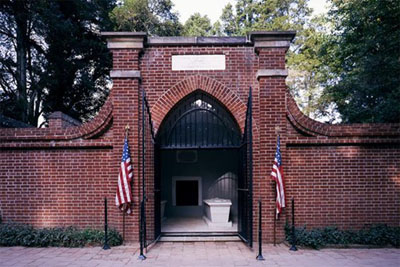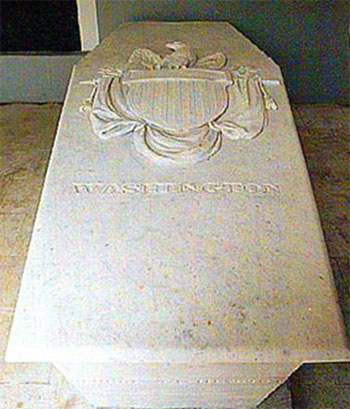- More from Famously...
- Famous Arrests
- Famous Scandals
- Famous Brands
How did George Washington die? Here on famously-dead.com, you can view information about George Washington's death and other famous deaths. You can view by name or by cause of death. We also have included the most popular famous deaths.
George Washington's Death

- George Washington
- Politics
- February 22, 1732
- December 14, 1799
- Respiratory distress
The life and death of George Washington:
The "Father of his Country", this is one of the most famous Americans who ever lived. He led the colonies through the Revolutionary War and was chosen as the new nation's first leader, even though he refused to be declared its King. And he's honored in so many ways to this day.
George Washington was born to a family of tobacco plantation owners and slave-holders, although an older style of calendar (Julian) pegged his birth date at February 11, 1731. He was the oldest child of his father Augustine and mother Mary Ball Washington. He had six siblings who lived to adulthood.
Part of his legend is that he chopped down a cherry tree as a boy and then admitted it, saying "I cannot tell a lie."
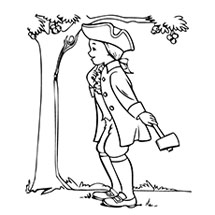
It's a nice story - and school children learned it for years - but it's part of the myth, not the man.
Here's his portrait at age 16.
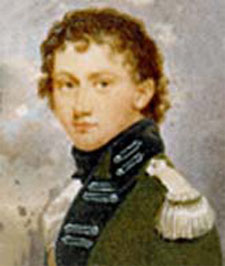
A free-mason starting in 1752, Washington was part of the landed gentry at age 40 and worked as a surveyor.
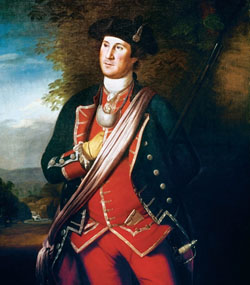
George and his wife Martha…
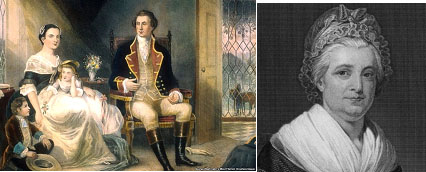
…had no children together, although two children (John Parke Custis and Martha Parke Custis) survived from her prior marriage to Daniel Custis. She was wealthy and George used some of that money to buy land and slaves. However, he called in his will for the freeing of all slaves on his planation, following his death.
He fought with the English in the French and Indian War, but as the Crown's abuses grew (like the 1765 Stamp Act), George joined the Revolutionaries and was a signer of the Declaration of Independence.
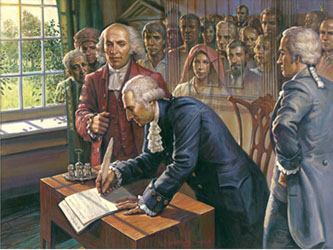
Against tremendous odds, he led to the Continental Army to victory against the most powerful military in the world at the time. Here's a portrait of Washington crossing the Delaware River on Christmas Day, 1776…

…an event re-enacted annually to this day.
Among his battles, he led the colonies in the Battle of Long Island (where he lost) and in the Battles of Trenton, Princeton and Yorktown (where he won).
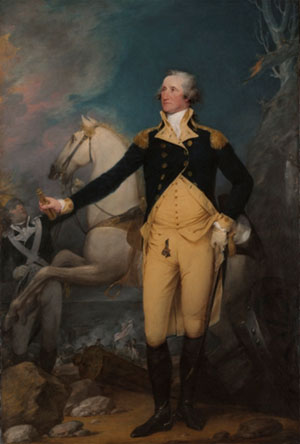
After the war was won, Washington was unanimously elected President by the Electoral College and was sworn in as the first President of the United States at Federal Hall in New York City, where his statue stands today.

Washington presided over the convention drafting the U.S Constitution and was there at its signing.
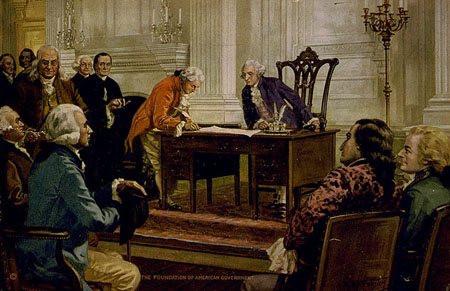
As President, Washington backed Alexander Hamilton's financial plans, helping to satisfy all of the new nation's debts.
He lived at Mount Vernon, Virginia. The White House wasn't completed until after he left office after two terms, a term limits tradition that continued until 1940 when Franklin D. Roosevelt won an unprecedented third term. After Roosevelt died in office, the two term Presidential limit was made law.
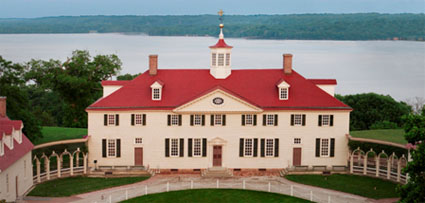
How deeply ingrained is the memory of George Washington?
There's a state named after him…
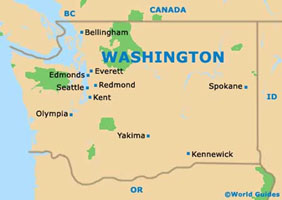
…and the seat of the federal government, the District of Columbia, is more commonly called …
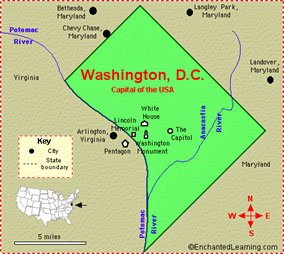
… where this dramatic monument to him stands.
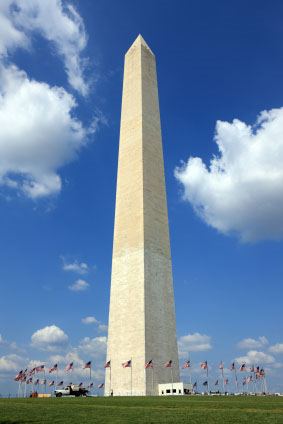
His image is carved into Mount Rushmore in South Dakota.
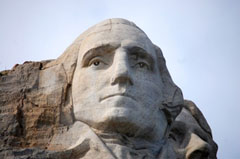
There are many other statues and memorials to Washington across the land.
And hopefully, you might have a few pictures of him in your wallet.
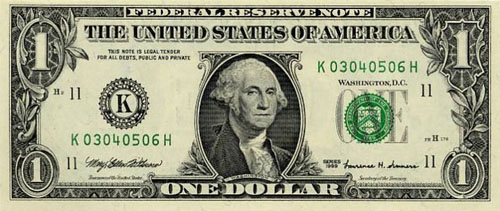
Just weeks before the start of the 19th century, 67-year-old Washington fell suddenly and gravely ill after riding on horseback on his Mt. Vernon plantation during a storm and then staying in his wet clothing. He developed severe respiratory distress and consented to having some his blood drained as a potential cure.
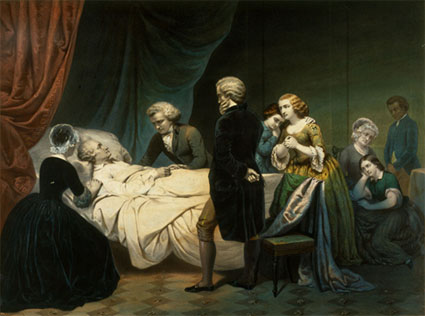
It didn't work and to this day the true cause of his death remains a mystery. Diagnoses have included croup, Ludwig's angina, Vincent's angina, diphtheria, strep throat acute pneumonia, acute bacterial epiglottis and quinsy (a rare and serious compilation of tonsillitis.) Some medical experts of his day thought the bloodletting may have contributed to his rapid demise.
Washington was buried in this original grave on his plantation.
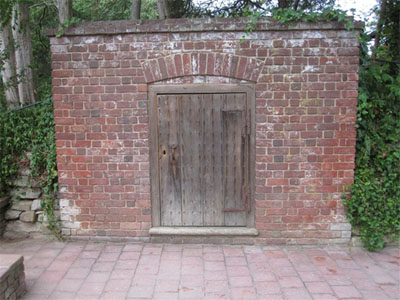
However, in 1837 his remains were moved to the current family tomb in Mount Vernon.
